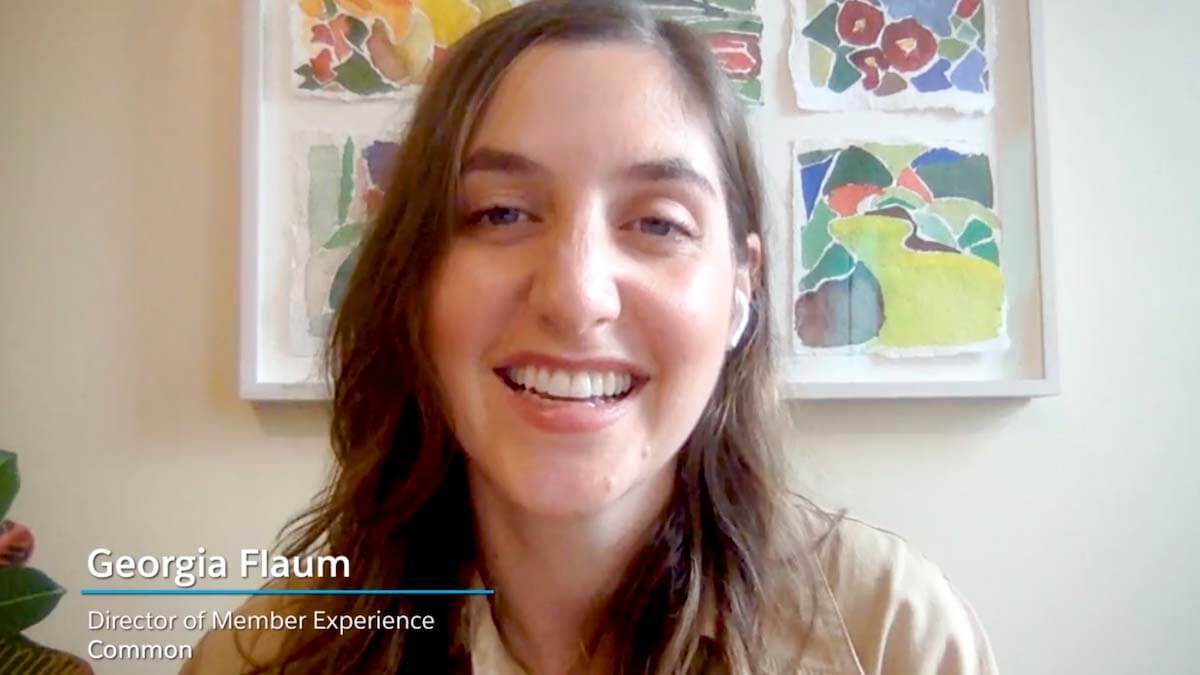How to Nurture Leads with Content Marketing

The ultimate goal of content marketing, like all marketing efforts, is to close sales. However, studies show that many businesses struggle to create a strategy for content marketing, and 79% of leads generated from marketing never actually convert.
This leaves many small businesses stumped. If you’re creating high-quality content optimized for SEO, what’s the reason it isn’t converting? It all depends on how you nurture your leads.
Success in content marketing requires that you nurture your leads with new information and support at all stages of the funnel. Whether you’re new to the process or you need a refresher on current practices, here’s what every small business should know about how to nurture leads with content marketing.
Top-of-Funnel Content Marketing
Any small business that wants to nurture leads should start by understanding their sales funnel. The typical marketing funnel consists of three stages: awareness, consideration, and purchase.
Content created in the top-of-funnel stage should be designed to create awareness. This is the stage when a customer first learns about a brand and their offerings, so it should be less focused on trying to close a sale, and more concerned with connecting to the customer. After all, 68% of customers spend time reading about brands they’re interested in — so this is your chance to make an impression.
The best way to create meaningful connections with customers and form a lasting impression is to identify with their challenges. Use past customer interactions to identify your target audience’s biggest pain point. When creating content in the top-of-funnel stage, ask the following questions:
- What are your customers’ biggest questions and challenges?
- What do they want to learn more about?
- What are they searching for and why?
This will be different for many businesses. For example, personal styling company Stitch Fix has a series called “Ask a Stylist,” which invites prospective and current customers to submit their styling and wardrobe questions. Stitch Fix then publishes the best questions on its website and has personal stylists answer them in detail. By answering questions like, “how do I assemble a capsule wardrobe for work,” and “what shoes can I wear with a maxi dress,” prospective customers see why they might need a personal stylist and learn the value of such advice.
Another way to approach top-of-funnel content is to help the customer clarify their challenges. They might not know exactly what it is they need help with—but your introductory content can explain their struggles for them while gently introducing a solution.
BioLite, a company that creates off-grid energy products for recreation, succeeds at this with a blog post titled, “This Year I’m Reducing My Carbon Footprint, Will You Join Me?”. This article creates awareness around the importance of reducing a carbon footprint, and how that can be achieved through consumer choices. This targets climate-conscious customers who are interested in making more sustainable choices, but aren’t quite sure where to start.
How to Create Content for Awareness
The best type of content in this category includes educational pieces like long-form blog posts, videos, and downloadable guides. You might also create a dedicated blog where customers can browse content and other resources that answer their most pressing questions. Research shows that small businesses with blogs receive 126% more lead generation than small businesses without blogs, so if you don’t have a blog yet — it’s time to start.
To get ideas for what to write about, look at what questions your customers are asking in support messages via email and social media. You can also use a tool called Answer the Public, as well as Google’s auto-populating question feature, to see what people are wondering about in your industry.
Once you’ve established the topics you’ll cover for the awareness stage, consider how you’ll capture customer emails. For example, you might include a pop-up form on your resources page, or you might ask for emails in exchange for a long-form content download. This will enable you to start nurturing your awareness leads in an email drip campaign that encourages them down the path toward purchasing.
Middle-of-Funnel Content
Below the top-of-funnel content is the consideration phase. This stage is in the middle of the awareness and decision-making stage, making it the crucial educational phase. Content in this stage needs to clearly identify the customer’s challenge and provide a tangible solution. In other words, this content should show the customer how your product will solve their challenges and make their life better.
To create effective middle-of-funnel content, a survey of current customers can help you pinpoint exactly how your product is being used to solve the most pressing challenges. In a customer survey, you might ask questions such as:
- What is the biggest challenge our product/service has solved?
- Which features or services are most important in achieving this goal?
- What is one concrete example of how our product/service has helped you?
It’s important to ask the right questions so that you can gain specific details about how your product is helping customers. Then, you can use these responses to create middle-of-funnel content.
For example, a case study can showcase the details of a specific customer success story. Running and cycling tracking app Strava features a case study with its customer, The San Francisco Running Company. This showcases the challenge that the running company had prior to using Strava (wanting to connect to more runners) and how the app helped them exceed this goal by growing their community to over 6,000.
How to Create Content for Consideration
In addition to creating a generalized customer survey, you can also conduct one-on-one interviews with your most important clients. These interviews should address the customer’s initial problem—and how your product solved it. A one-on-one interview is helpful because it can help garner specific details and data points to show success.
Interviews can then be transformed into written case studies, which customers can download in exchange for their email. Case studies are a key element in helping foster consideration because it encourages the customer to start visualizing how their life would change with the help of your company. To capture emails during this stage and understand where customers are in the journey, case studies can live behind a gated landing page that requires email input in exchange for a free download.
Bottom-of-Funnel Content
How to Create Content for Decision-Making
Still, there’s work to be done to solidify the customer’s decision and build trust in your company. This can be accomplished through emails, testimonials, and comparison tables.
Supportive, friendly emails can nurture the bottom-of-funnel lead by creating a positive and supportive experience. Sending an email from a dedicated person at your business creates a human connection, which in turn shows customers that you’re available to help them in any way possible.
Customer testimonials and reviews can further build rapport and reinforce your value in your customer’s own words. You can create a dedicated landing page that features customer reviews and share these via email to bolster your brand’s ethos and demonstrate how you’re already helping others. To see how this might look in action, visit ChowNow’s testimonials section. This dedicated page features real customers who’ve used ChowNow to boost online takeout revenue and streamline deliveries at their restaurants.
Lastly, dedicated product FAQ pages illustrate the specific benefits that your product offers. Such content should showcase specific data points like product features and unique perks that set your company apart. For example, supplement company Four Sigmatic offers a product breakdown page where customers can access specific details about each item they sell. Website visitors can learn about what it is, when to consume it, what it’s made from, what it tastes like, and more. These approaches can all foster trust in your company and convince your customers that it’s time to take a leap and make a purchase.
Having a strategy to nurture leads with content marketing is essential for small businesses that want to create brand awareness, educate customers, and build a level of trust that inspires a purchase decision.

Article
The 5 Customer Interactions Small Businesses Should Track in CRM

Playlist
How Small Businesses Adapt With Salesforce

Article
The Complete Guide to Channel Sales

Guide
The Beginner’s Guide to Starting a Small Business

Article
6 Business Metrics That Matter For SMBs

Article
How to Attract Customers to Your Small Business


